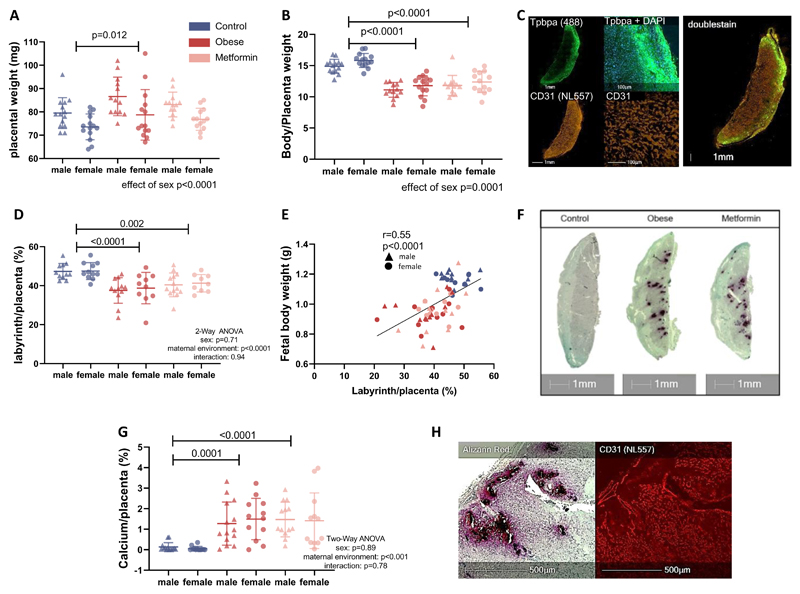Figure 4. Placentas from obese untreated and obese metformin-treated animals show pathologies that can explain reduced efficiency.
(A) Placentas were weighed on the day of dissection (E18.5) and as an indicator of placental efficiency (B) the ratio of body to placental weight was calculated (n=14 dams for male and female control, n=13/14 dams for male/female obese and n=13 dams for male and female metformin placentas). (C) Placental sections were stained for the trophoblast cell marker Tpbpa and the endothelial cell marker CD31 via immunohistochemistry to allow delineation of the trophoblast and labyrinthine layer of the placenta (n=11 dams for male and female control, n=12/10 dams for male/female obese and n=13/9 dams for male/female metformin placentas). (D) The percentage of labyrinth to the whole placenta was then calculated. (E) Fetal body weight was correlated with the labyrinthine area of the placenta from that individual fetus, one male and one female fetus per litter was analysed, linear correlation and Pearson correlation coefficient r are shown. (F) The placentas were additionally stained for calcification with an Alizarin Red stain. (G) The areas stained with Alizarin Red are quantified and expressed as a percentage of the whole placenta (n=14 dams for male and female control, n=13/14 dams for male/female obese and n=13/12 dams for male/female metformin placentas). (H) In areas with calcium deposition the labyrinthine structure was damaged. Mean ± SD is shown and Two-Way ANOVA (sex and maternal environment) is performed with a Tukey’s multiple comparison test.

